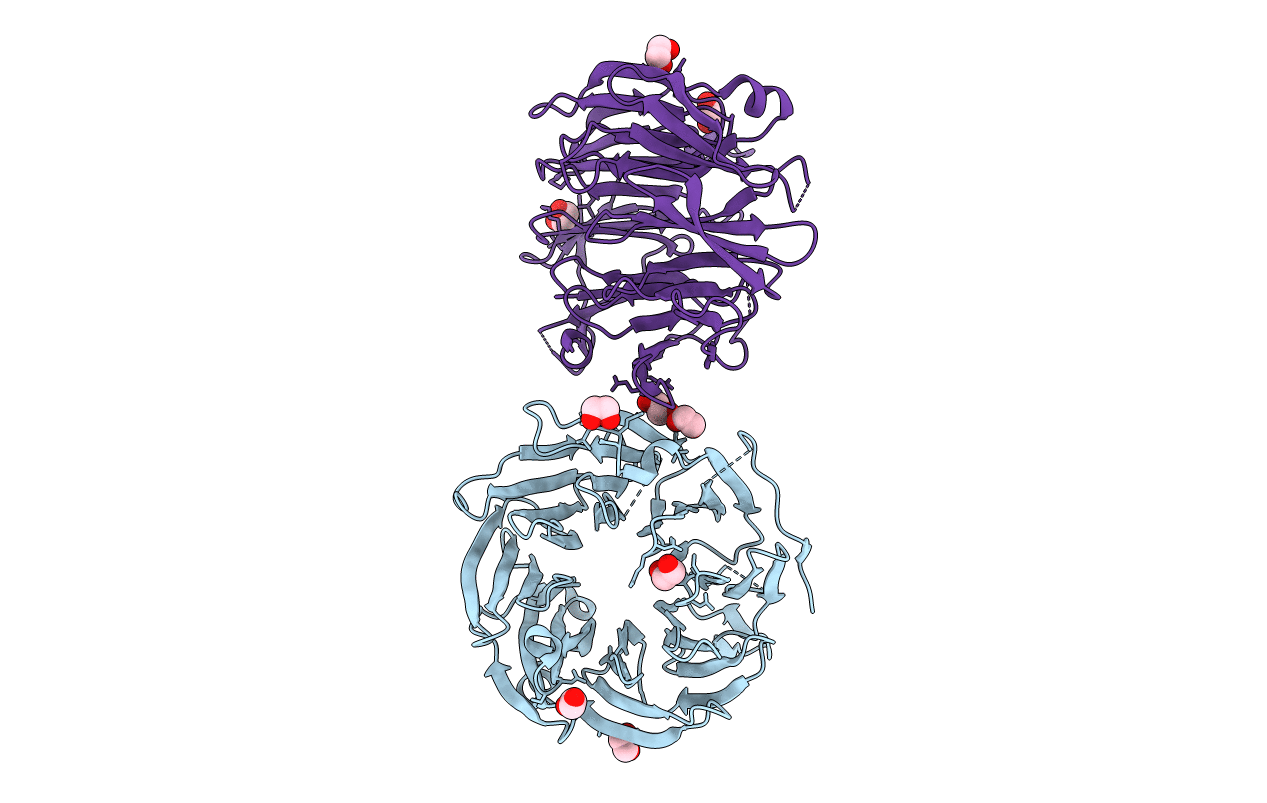
Deposition Date
2014-01-02
Release Date
2014-01-22
Last Version Date
2024-02-28
Entry Detail
Biological Source:
Source Organism:
Schizosaccharomyces pombe (Taxon ID: 284812)
Host Organism:
Method Details:
Experimental Method:
Resolution:
2.00 Å
R-Value Free:
0.25
R-Value Work:
0.21
R-Value Observed:
0.21
Space Group:
C 1 2 1


